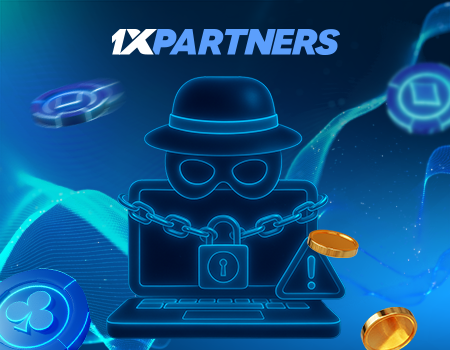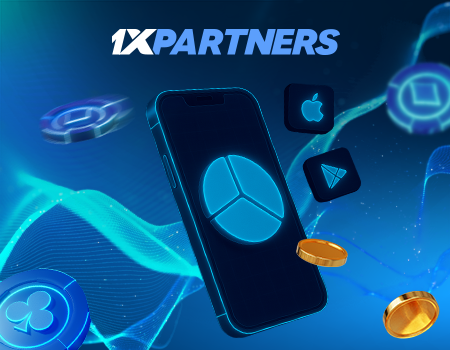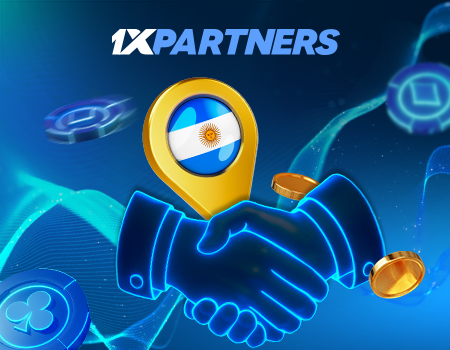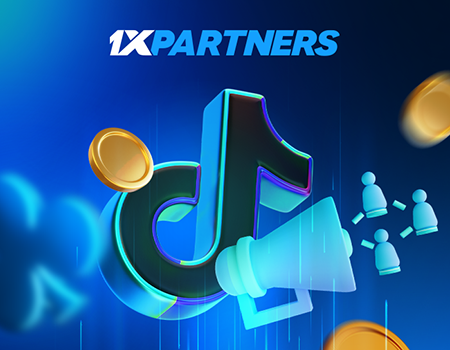Online marketing has entered a time of major change. For years, third-party cookies powered ads and tracking across most websites. Their removal by major browsers reshaped how brands measure sales and handle data. This shift sets a new foundation for affiliate marketing built on transparency, technology, and trust.
What Does “Post-Cookie Era” Mean
The post-cookie era began when browsers decided to end support for third-party cookies. These tiny files once tracked how people moved across more than 80% of websites. They recorded ad clicks, collected behavior data, and helped companies measure conversions. When Chrome, Safari, and Firefox blocked them, digital marketing had to rebuild its tracking systems almost entirely.
Before this change, the cookie period in affiliate marketing defined how long a referral remained valid. For example, if a shopper returned and bought something within 30 days, the partner still earned credit. Without these cookies, such tracking now depends on first-party data collected directly by the brand’s own website. It’s more private but also more demanding from a technical side.
To maintain accuracy, marketers now use server-based tracking, conversion APIs, and login-based identifiers. These tools connect user actions with verified sales records instead of browser files. For instance, an online store can match a click ID with an invoice number to identify which partner drove the purchase. This keeps the commission process reliable even without cookies.
As the industry evolves, brands and partners must build trust through transparency. Tracking now focuses on consent, accuracy, and data security. The shift may seem complex, but it makes digital advertising cleaner and more accountable. Instead of hidden tracking scripts, modern systems rely on direct interactions that both users and marketers can verify.
Challenges for Affiliate Marketers
The post-cookie transition changed how online marketing operates every day. Tools that once tracked users automatically now need active cooperation between brands and partners. Many teams face both technical and strategic difficulties while adapting to new systems. Each problem below shows how deep this change goes and what practical barriers marketers now face.
Loss of Reliable Tracking
The end of third-party cookies erased much of the data used for daily tracking. Before 2024, marketers could trace about 90% of online conversions through browser identifiers. That number has since dropped sharply, forcing new approaches.
Without cookies, identifying the real source of a sale became harder. This issue appears most clearly when users move between devices or clear browsing data. Common tracking failures include:
- Multiple devices – a shopper clicks a product link on a phone but purchases later from a laptop.
- Cleared history – cookies disappear after manual cleanup or browser updates.
- Shared devices – family members use one computer, mixing unrelated actions in one session.
- Private browsing modes – users increasingly use incognito or private windows that automatically delete cookies after closing.
Each of these examples breaks the tracking chain. As a result, commissions may go to the wrong partner or not register at all. That’s why marketers are shifting to verified systems like server-to-server tracking, which links transactions directly with referral IDs instead of browser files.
Attribution Accuracy and Delayed Conversions
Assigning credit to the correct partner once relied on automated browser data. Without cookies, this process now depends on timestamps, purchase IDs, or user logins. Even short gaps between click and sale can cause missed rewards.
Common accuracy problems include:
- Long purchase windows – a user clicks a referral, waits 10 days, and buys, but the click isn’t remembered.
- Ad overlaps – several sources promote the same product, and attribution tools can’t identify the final referrer.
- Session resets – a user’s shopping session expires before the transaction, breaking the link.
- Cross-channel overlap – the same customer may see both email and social ads, making it unclear which source triggered the sale.
Every lost connection affects commission reporting and campaign evaluation. To prevent this, networks now test conversion APIs that send confirmed transaction data directly from servers. This method limits errors and rebuilds confidence in performance numbers.
Dependence on First-Party Data
Modern tracking relies heavily on information collected by the advertiser’s own systems. First-party data now powers most affiliate operations, replacing browser memory.
To build effective databases, companies use:
- Account creation – users sign up before purchasing, linking clicks with their profiles.
- Loyalty programs – returning buyers help confirm long-term referral value.
- Email verification – purchase confirmation messages connect transactions to the right referrer.
This model demands more transparency and technical planning. It helps maintain compliance with privacy laws while giving marketers stable identifiers independent of browser changes.
Technical Adaptation and Infrastructure Costs
Switching from simple cookie scripts to complex server integrations requires investment. Many small networks lack the developers or budget for full automation. Transitioning isn’t instant; building API connections and secure databases can take 3–6 months.
Typical technical challenges include:
- System upgrades – old affiliate dashboards can’t read server data correctly.
- API errors – poor synchronization causes mismatched transaction records.
- Storage issues – more raw data needs secure and scalable databases.
Larger programs can absorb these costs faster, but smaller ones often delay migration. This gap is reshaping the affiliate ecosystem, favoring those with stronger tech infrastructure.
Privacy and Legal Compliance
Global privacy laws such as GDPR and CCPA now shape how marketing data is collected and shared. Non-compliance risks high fines and damaged reputation. Since cookies stored personal behavior data, their removal aligns with these regulations.
The main compliance requirements are:
- Consent collection – sites must get clear user permission before tracking actions.
- Data protection – information must stay encrypted and stored securely.
- Access control – users can request or delete their personal data anytime.
Marketers must now balance transparency with efficiency. Clear communication builds trust, while poor handling of consent forms can block legitimate conversions and hurt performance.
Changing User Behavior and Device Fragmentation
Modern customers use several connected devices daily: smartphones, tablets, and laptops. Around 60% of online buyers switch devices during a single shopping process. This movement breaks the old one-cookie tracking model.
Main cross-device challenges include:
- Fragmented sessions – users research on one device and purchase on another.
- App vs. browser – mobile applications don’t share cookie data with browsers.
- Offline steps – some buyers check in-store availability before completing an online order.
Tracking must now connect these scattered actions into a single timeline. For that, systems rely on user IDs, app logins, or hashed email data that can link behavior safely across devices.
Ad Performance Measurement and Optimization
Analyzing ad results became harder when data sources disappeared. Without third-party cookies, visibility over impressions and conversions dropped sharply. Marketers now need more creative solutions to measure impact.
Typical issues include:
- Limited view – ad networks can’t track users across unrelated websites.
- Lower sample size – fewer tracked events mean less accurate trend analysis.
- Manual reporting – teams spend more time comparing data from separate dashboards.
- Inconsistent attribution models – each ad network applies its own logic for conversion credit, complicating comparison.
Despite these barriers, many programs use aggregated event data and privacy-friendly analytics tools to recover precision. These tools provide enough insight to adjust campaigns while respecting user privacy.






